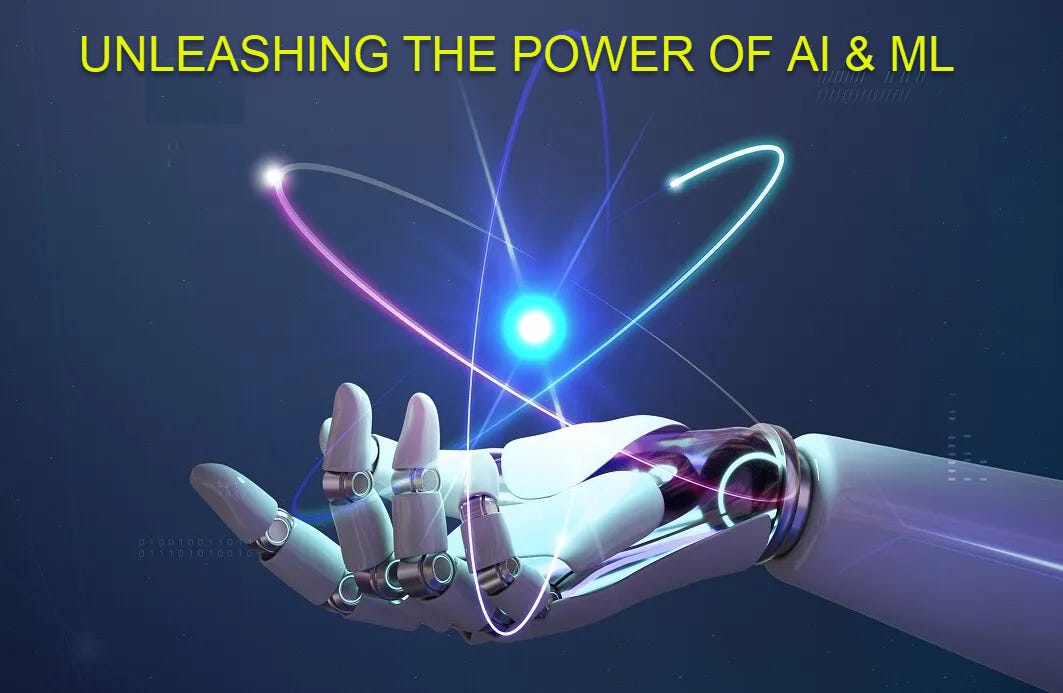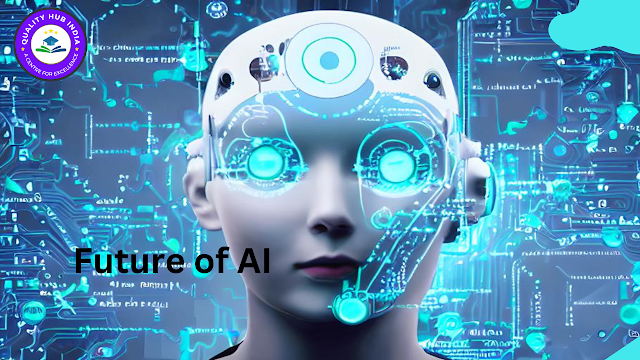Machine Learning is a branch of Artificial Intelligence (AI) that allows computers to learn and make decisions without being explicitly programmed. It involves developing algorithms and models that can analyze and interpret data to make predictions or take actions.
Types of Machine Learning
There are three main types of Machine Learning:
- Supervised Learning: In supervised learning, the algorithm is trained on labeled data, where the desired output is known. It learns from the given input-output pairs and can then make predictions on unlabeled data by generalizing from the learned patterns.
- Unsupervised Learning: In unsupervised learning, the algorithm is trained on unlabeled data. It aims to discover patterns or relationships in the data without any predefined output. It can be used for clustering, dimensionality reduction, and anomaly detection.
- Reinforcement Learning: In reinforcement learning, the algorithm learns by interacting with an environment and receiving feedback in the form of rewards or penalties. It learns to maximize its performance by taking actions that lead to favorable outcomes.

Credit: medium.com
Applications of Machine Learning
Machine Learning has numerous applications and is used in various fields, including:
- Image and speech recognition
- Medical diagnosis and treatment prediction
- Fraud detection in banking and financial industries
- Recommendation systems in e-commerce
- Natural language processing and chatbots
- Autonomous vehicles and robotics
The Machine Learning Process
The machine learning process involves several steps:
- Data Collection: Gathering relevant data that will be used to train and test the machine learning model.
- Data Preprocessing: Cleaning and transforming the data to remove noise, handle missing values, and normalize the features.
- Feature Selection/Extraction: Selecting or extracting the most relevant features from the data to improve the model's performance.
- Model Selection: Choosing an appropriate machine learning algorithm that best suits the problem at hand.
- Training the Model: Using the labeled data to train the model and tune its parameters to optimize its performance.
- Evaluation: Assessing the performance of the trained model using evaluation metrics and validation techniques.
- Prediction: Deploying the trained model to make predictions on new, unseen data.
Challenges in Machine Learning
Although machine learning has revolutionized many industries, there are some challenges that researchers and practitioners face:
- Insufficient or poor-quality data can lead to biased or inaccurate predictions.
- Overfitting occurs when a model performs well on the training data but fails to generalize to new data.
- Selecting the right algorithm and tuning its hyperparameters can be a complex and time-consuming process.
- Interpretability and explainability of machine learning models is often a challenge, especially in applications where decisions have significant consequences.
Future of Machine Learning
Machine Learning is a rapidly evolving field, and its future looks promising. Some areas that hold potential include:
- Deep Learning: Deep learning, a subset of machine learning, focuses on artificial neural networks with multiple layers. It has shown remarkable success in various tasks such as image and speech recognition.
- Explainable AI: As machine learning becomes more prevalent, there is a growing need for models that can explain their decisions and provide insights into the underlying reasoning.
- Edge Computing: With the increasing popularity of Internet of Things (IoT) devices, there is a need for machine learning models to run on edge devices rather than relying solely on cloud computing.
- Automated Machine Learning (AutoML): AutoML aims to automate the process of developing machine learning models, making it more accessible to non-experts and reducing the time and resources required.
| Advantages | Disadvantages |
|---|---|
| Improved decision-making | Dependency on data quality and quantity |
| Ability to process large amounts of data quickly | Challenges in interpretability and explainability |
| Automation of repetitive tasks | Complexity in algorithm selection and tuning |
Machine learning is transforming industries and opening doors to new possibilities. As the field continues to advance, it is essential to address the challenges and leverage the potential of this powerful technology.
Frequently Asked Questions On Machine Learning : Unleashing The Power Of Artificial Intelligence
What Is Machine Learning?
Machine learning is a branch of artificial intelligence that enables computers to learn and make predictions without being explicitly programmed.
How Does Machine Learning Work?
Machine learning algorithms learn from data, identifying patterns and making predictions or decisions based on the patterns it has learned.
Why Is Machine Learning Important?
Machine learning allows computers to analyze and process large amounts of data, leading to more accurate predictions and better decision-making.
What Are The Applications Of Machine Learning?
Machine learning has applications in various fields, including healthcare, finance, transportation, marketing, and many others.









